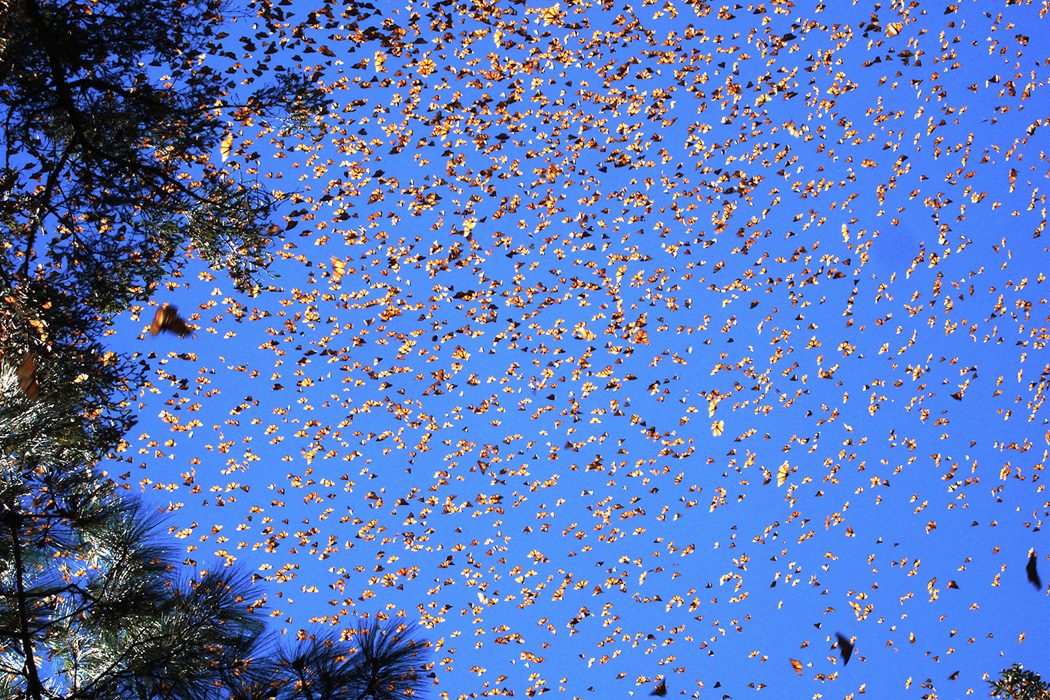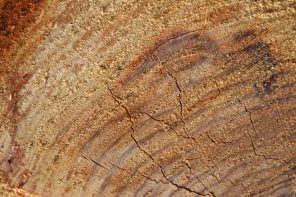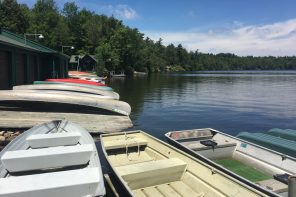A version of this piece was previously published on the Post Calvin in 2013.
Barbara Kingsolver’s lovely 2012 novel, Flight Behavior, spins the story of a young Appalachian housewife, Dellarobia Turnbow. Pinned in place a decade ago by an unplanned pregnancy and hasty wedding, Dellarobia now chafes within a life of Cheerio crumbs and constricting small-town walls. Ready to walk away from her marriage, a stunned Dellarobia walks instead through her backyard into a valley lit aflame by a miracle: a massive colony of hopelessly misplaced monarch butterflies.
This ecological catastrophe is hailed by the tiny town as a gift from God; the gift, in turn, draws thousands of visitors to Dellarobia’s family farm. This rural girl, who has never left her home state, suddenly bumps up against British tree huggers and California surfer boys. The butterfly colony stirs Dellarobia’s long-buried curiosity and reminds her of old college-bound dreams deferred by her first pregnancy. She befriends a visiting university scientist, a man who sees Dellarobia’s latent potential and welcomes her into his laboratory.
As winter arrives and the monarchs remain, the isolated Dellarobia connects ever more solidly to greater social and ecological realities. Each bridge she builds toward the outside world pushes her old life of school buses and family debt further into the background as her dreams for a wider future take shape.
Bridges surround us all, connecting us to friends and strangers alike. People say that the world is getting flatter, that Gmail and Snapchat are linking us together in fresh and exciting ways. I can Skype with a cousin in the Dominican Republic while ordering a book from a warehouse in Florida. Our world bristles with intangible bridges, innumerable ways for us to project our data and our selves from one far-flung place to another.
But these bridges aren’t real. I can’t wander into that Florida warehouse or give my distant cousin a hug. Such bridges provide a comforting, productive illusion of connection.
Bridges I have aplenty. What I crave is intersections. Intersections—those moments of tangible synchronicity, of elbow-rubbing serendipity, of crazy, present coincidence. These moments make the world shrink, just a little. Here’s one: I stepped onto the deck of my grandmother’s Grand Haven cottage late one crystalline summer night. My uncle pointed across the dark lake, where a faint orange glow simmered in a low bank of clouds on the horizon. The lights of Milwaukee, my uncle told me—the lights of a Wisconsin city, 80 miles away across the oceanic expanse of Lake Michigan, and I could see them from my deck. An intersection.
More intersections: Discovering that a new acquaintance knows your family’s obscure favorite card game. Realizing that the driver next to you is belting out the same song that’s playing on your car radio. Smiling at a stranger on the sidewalk and startling a grin out of them in return. Hearing the story of a man’s first encounter with the love of his life. These fleeting moments are intersections, people brushing shoulders as they spin through life.
I suppose I was wrong when I said that Dellarobia Turnbow built bridges out of her tiny world. No, with every stranger that strolled through her yard, her life became a flurry of intersections, characters bumping into each others’ worlds for just a moment before they parted, changed.




